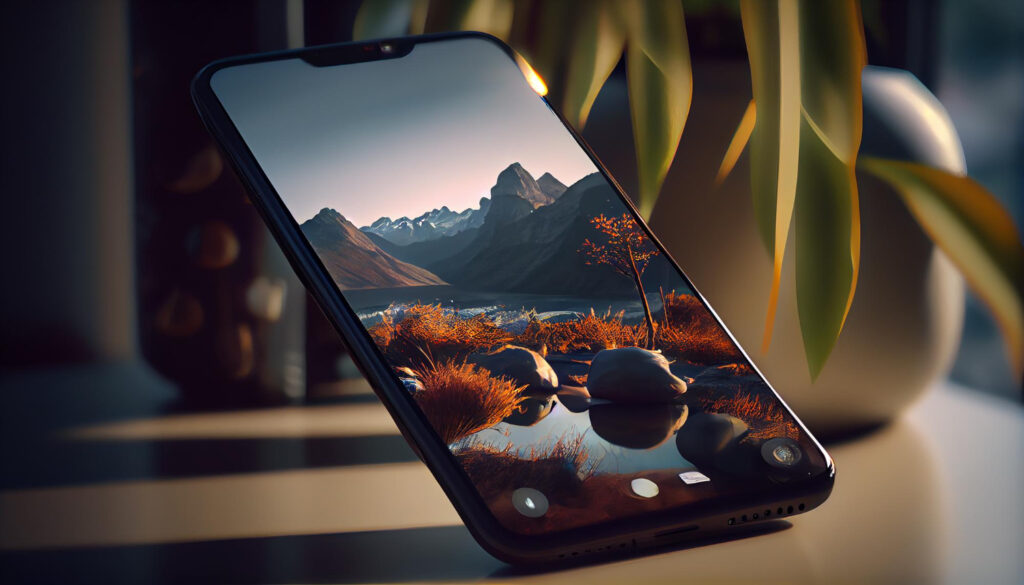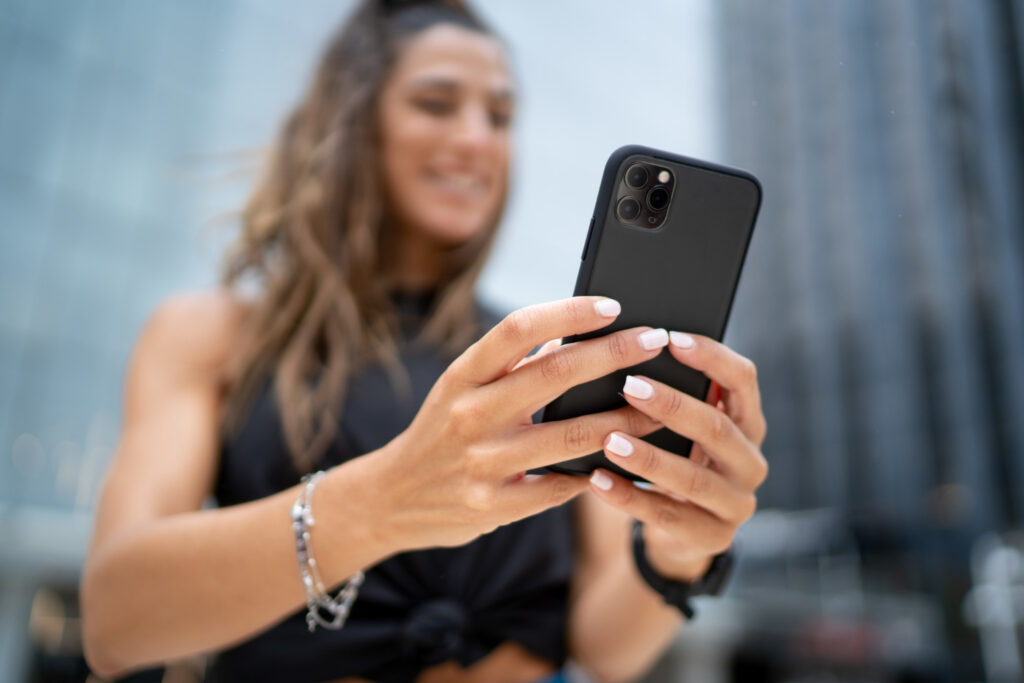In iOS 17.3 from Apple appeared the function of protecting against stolen devices for iPhone, which can prevent the phones from taking over your accounts.

Today Apple released a new tool for iPhone, iOS 17.3 which will help reduce access to your phone and password. The function titled «Protection against stolen devices» adds additional levels of protection to your iPhone when someone tries to access your device’s privacy settings or change them. For example, if someone tries to access the passwords stored in the Apple key chain, he will not be able to do so unless he uses the phone’s fingerprint or facial recognition to prove that he is the legal owner.
You don’t have to go far to find the history of stolen phones. In London the phone is stolen every six minutes. Subreddits involving people whose phones were stolen by thieves. In extreme cases, hackers can also obtain passwords — by force or by eavesdropping — and then crack the phone and unblock it. Accounts on social networks, passwords and financial data may be at risk.
iOS 17.3: Tool Apple protect against stolen devices
Protection against stolen devices is included in iOS 17.3, the latest version of Apple’s mobile operating system, released today. This function must be in the first place in your list so that it can be included. It protects your data better (without requiring any action) and can interfere with it. According to cybersecurity experts, the move by Apple is positive and enhances the protection that already exists around passwords.
iOS 17.3: Tool Apple will simply need to work harder
Protecting a stolen iPhone will likely become another barrier and put more pressure on the hunter when aiming at the victim, — says Jake Moore, global cybersecurity advisor at security firm Eset and former police investigator on computer crimes. Telephone sales will always be big business among organized criminal groups, but now criminals will simply need to work harder on their craft.
iOS 17.3: Tool Apple has your biometric information
When you turn on protection against stolen devices, Apple imposes additional restrictions on some settings when your iPhone is not in its usual location, such as at home or at work. If someone unlocks your phone and tries to change these settings, they’ll have to use Face ID or Touch ID. Thus, if a thief has your phone and password, he will not be able to change the settings, unless he also has your biometric information, which is easy to clone and deceive the systems that feed on it.

These additional checks appear when someone tries to access passwords or access keys that you’ve saved in iCloud, use payment methods saved in Safari, turn off Propagating mode, wipe data from your phone, use your phone to set up a new device. Apple, apply for a new Apple Card, view the virtual number of your Apple Card or transfer money with Apple Cash.
iOS 17.3: Tool Apple is also a second level of verification
There is also a second level of verification for even more confidential information. If your phone is not in a known location, Apple also inserts a temporary security retention after using your biometric data. After the time limit expires, your biometric data will be used again to change the settings. (Your iPhone will still be accessible during this hour.)
This time delay applies to attempts to change the Apple ID password, sign out of Apple ID, or update the security settings of the Apple ID account, such as removing a trusted device. The hold also applies if someone tries to delete Face ID or Touch ID accounts, change the password of your iPhone, reset Settings, turn off the Find Me tool and turn off the protection itself from stolen devices. If your phone is locked, there is a chance that it will want to quickly change these settings to take over your phone or online accounts, and the delay may limit their ability to do this. Moore says that the additional hourly delay adds “a very valuable level of security.”
iOS 17.3: Updation of OS is very Simple
Turn on protection from stolen devices on iPhone is very simple — it’s just a small switch in your phone’s settings. You need to make sure that your iPhone is updated to iOS 17.3. Open the application Settings, scroll to the point Face ID and password, then to the point «Protection of stolen devices and turn on the switch.
iOS 17.3: Apple is increasingly relying on biometrics through Touch ID and Face ID
Thanks to the new feature, Apple is increasingly relying on biometrics through Touch ID and Face ID as a way to prove that the person with your phone is actually you. Apple already has a decade of experience working with biometric data on hundreds of millions of devices, and its trust in them, it seems, is growing, — says Mark Stockley, cybersecurity expert from the security company Malwarebytes.
While protecting stolen devices is a step forward, it won’t protect everything on your phone if a thief gets a hold of it and your password. It’s worth making sure your data is backed up, and some apps like WhatsApp will allow you to add another (ideally different) password or PIN on top of your phone’s password before allowing anyone access to the apps.

To put it bluntly, if your iPhone is stolen – in addition to calling the police – you’ll also want to visit Apple’s iCloud to take back control of your device. “Start by changing your Apple ID password and checking the box to sign out of the devices and websites you’re currently signed in to,” Stockley says. Then, in iCloud’s Find My Devices settings, you can mark your phone as lost and erase its data remotely. Hopefully, stolen device protection features never come to your rescue, but for every person who turns this feature on, it will make life a little harder for thieves.
